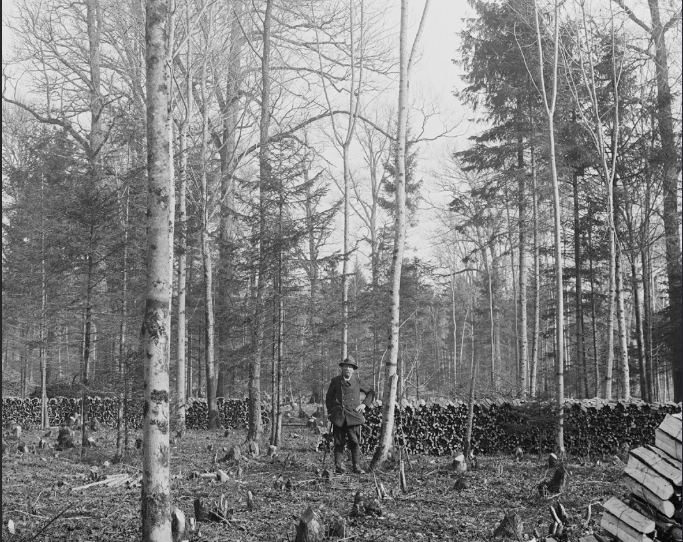Where do we come from? Cultural heritage in forests and forest management
Participation of LET in the chapter Where do we come from? Cultural heritage in forests and forest management of the book How to balance forestry and biodiversity conservation – A view across Europe (2020). Forests are of great importance, not least as an integral part of complex land-use systems shaping the European cultural landscape. Compared to the rates of change of open land, forests are relatively persistent landscape elements. Still, over a longer term, forests have been very dynamic with respect to spatial extent, internal structure, and species composition. Forest expansion after the last Ice Age was followed by shrinking of the forest area owing to the expansion of agriculture and settlements, which lasted in Europe over a long period. However, there have also been periods of temporary forest expansion. Forest transition, i.e. the more recent change from forest decline to forest expansion, has taken place at different times throughout Europe. The changes in forest area triggered successional patterns which were overprinted by human impacts. Over time, societal demands changed and often diversified from various forest products to the full range of ecosystem services which today are in demand. The corresponding changes in forest structure and composition were reflected in changes in ecological characteristics, including biodiversity. In this chapter we illustrate, in a series of six case studies from different parts of Europe, how centuries of forest use and management have left imprints on forest ecosystems, and how acknowledging the legacy effects of the long-term inter-relationship between societies and their forests provides valuable background for sustainable forest management. Check and download the book chapter.

